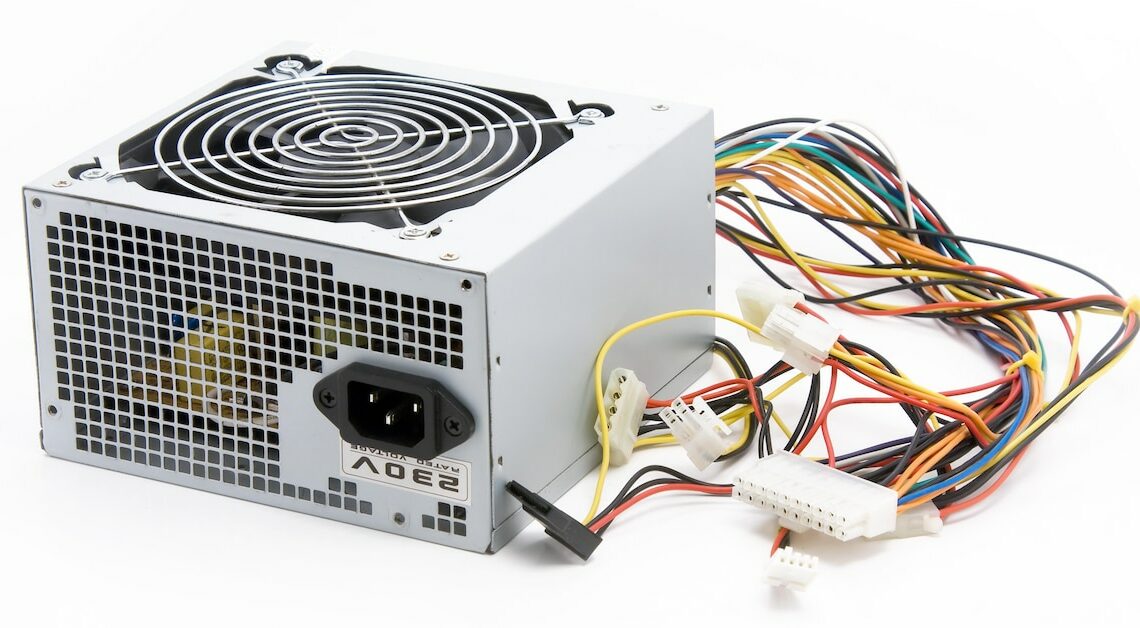
Finding the right wattage is an essential step in ensuring your system works efficiently and reliably.
Find out the wattage of your computer power supply
The easiest way to find out your power supply's wattage is to check the power supply directly. Since the power supply is usually located inside the computer's case, you need to follow a few steps to gain access to it.
- Open the case: First, turn off the computer and unplug the power cable. Then open the case by loosening the screws on the back or removing side panels. On many desktop PCs, the power supply is placed at the top or bottom of the case.
- Check the nameplate: There is usually a nameplate or sticker on the outside of the power supply on which all the technical data are noted. On this label you will find information about the maximum number of watts that the power supply can deliver. The specification is often given as “Max Power” or “Output Power” and is given in watts (W), for example it could say “500W” or “600W”, which means that the power supply can deliver a maximum of 500 or 600 watts.
- Note the amp ratings: In addition to the total wattage, you will also find the ampere values (A) for different voltages (e.g. 12V, 5V, 3.3V) on the label. This information is useful for figuring out how the power supply distributes power to different components. If a total wattage is not explicitly listed, you can calculate the values yourself by multiplying the voltage by the current.
Software-based determination of power supply performance
If you don't want to open the case or can't find the exact wattage on the nameplate, there are also software-based options to get an indication of the required power supply power. However, this method is more helpful in understanding the performance requirements of your installed hardware than in determining the exact wattage of your current power supply.
- Check manufacturer documentation: If you want to find out the exact wattage of your power supply without opening the case, a look at the computer's documentation or the manufacturer's website can also help. Many manufacturers list the technical specifications, including power supply wattage, in the manuals or on the product page.
- Using PSU calculators: Using online calculators called PSU calculators, you can calculate the recommended power for a power supply based on your hardware. To do this, you enter information about your CPU, graphics card, number of hard drives and other components. In the end you will receive an approximate wattage that your power supply should provide at least in order to operate all components stably.
- This will also help you figure out if your current power supply is sufficient or if you should perhaps upgrade to a more powerful model.
- Analyze system information: There are programs such as “HWMonitor”, “Speccy” or “CPU-Z” that can provide you with detailed information about the hardware in your system. Even if these programs do not provide any direct information about the power supply itself, you can use them to find out which components are installed in your PC and how much power they require.
